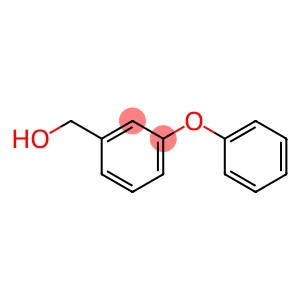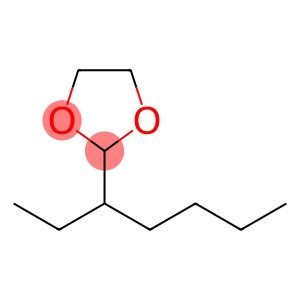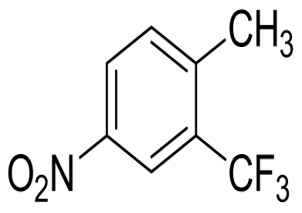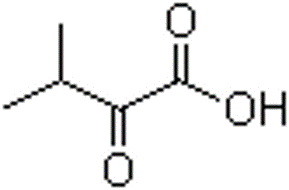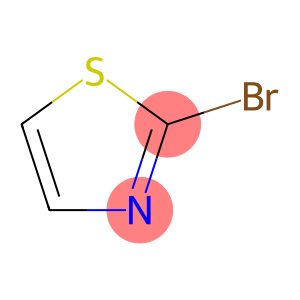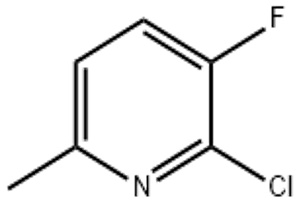3-Phenoxybenzyl alcohol(CAS#13826-35-2)
Risk and Safety
| Risk Codes | 22 – Harmful if swallowed |
| Safety Description | S26 – In case of contact with eyes, rinse immediately with plenty of water and seek medical advice. S36/37 – Wear suitable protective clothing and gloves. S29 – Do not empty into drains. |
| UN IDs | UN 3082 9 / PGIII |
| WGK Germany | 3 |
| RTECS | DP0775400 |
| TSCA | Yes |
| HS Code | 29062990 |
| Hazard Note | Irritant |
3-Phenoxybenzyl alcohol(CAS#13826-35-2) introduction
3-Phenoxybenzyl alcohol is an organic compound. The following is an introduction to its properties, uses, manufacturing methods and safety information:
Quality:
- Appearance: Colorless crystals or white solids
- Insoluble in water, soluble in many organic solvents such as alcohols, ethers and chlorinated hydrocarbons
- Has an aromatic aroma
Use:
- 3-Phenoxybenzyl alcohol is widely used in organic synthesis as a feedstock, intermediate, or derivative of catalysts
- It can be used in the preparation of compounds such as esters, vinyl polymers, pesticides, fungal inhibitors, and dyes
Method:
- 3-Phenoxybenzyl alcohol can be obtained by transesterification of benzyl alcohol with phenol in the presence of an acid catalyst
Safety Information:
- 3-Phenoxybenzyl alcohol is generally considered a relatively safe compound for routine use
- It is a chemical and the relevant safety operating procedures should be followed
- Contact with eyes or skin may cause irritation and prolonged exposure should be avoided
- Precautions should be taken during handling, such as wearing chemical gloves, goggles, and protective clothing


